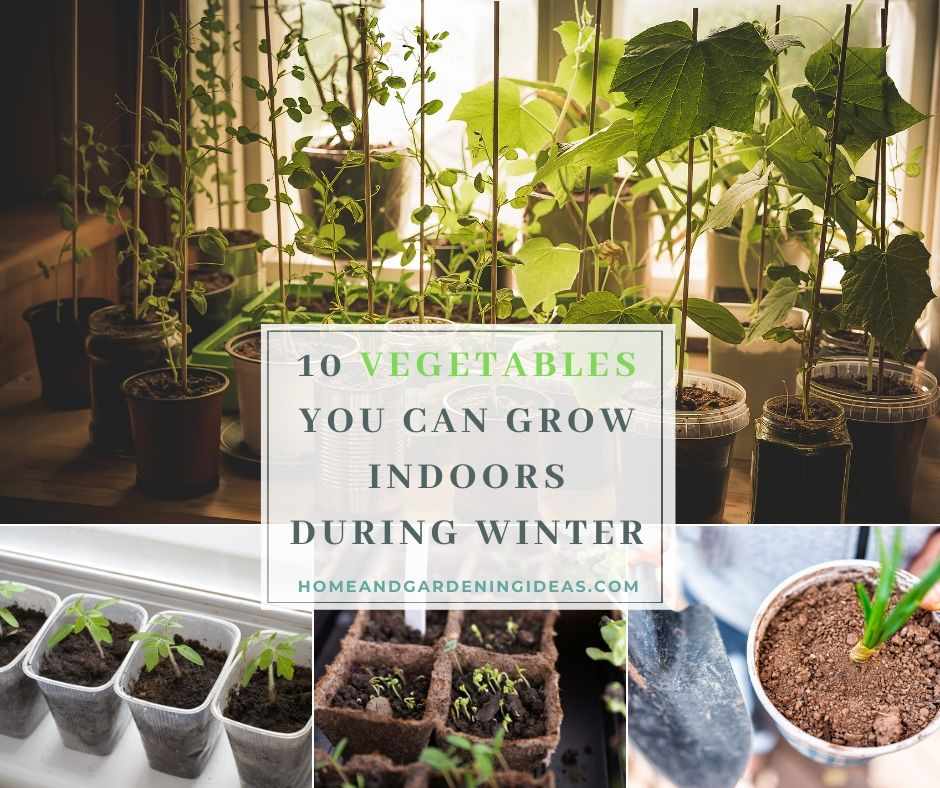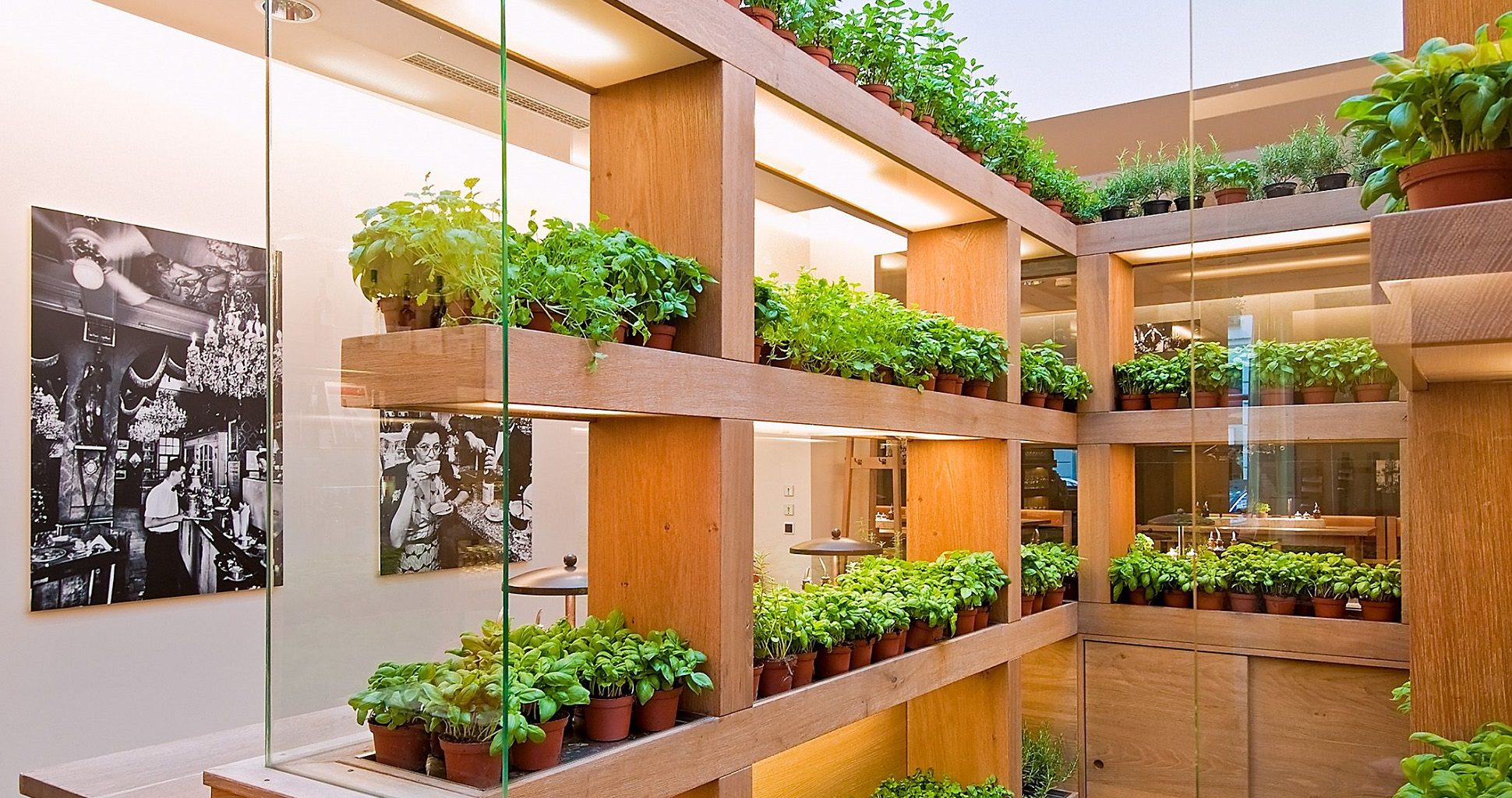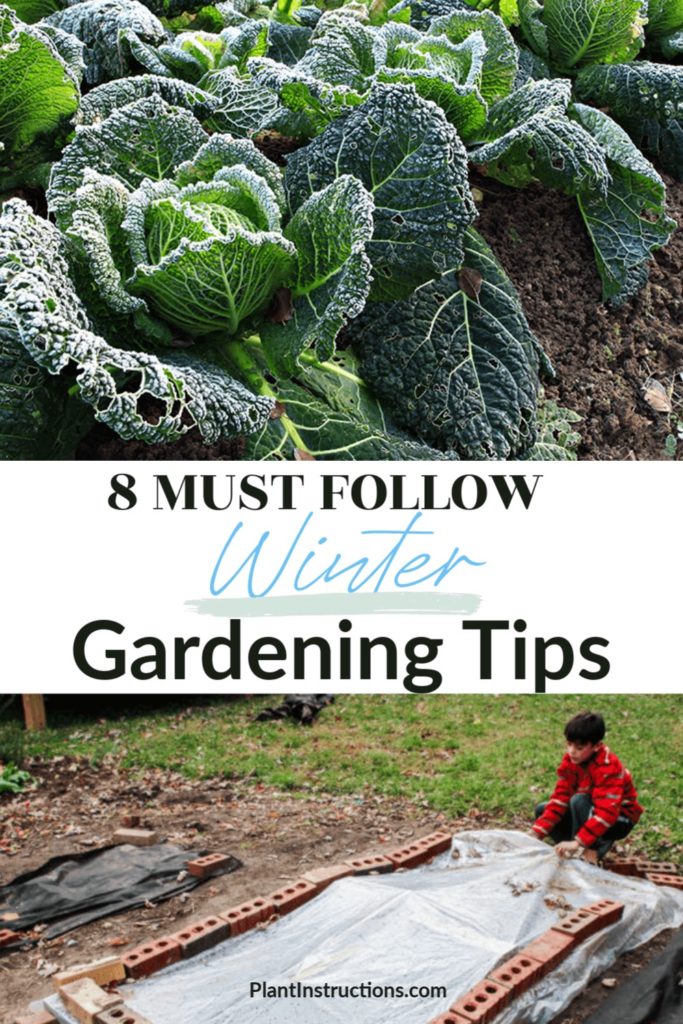Grow Winter Veggies Indoors: Top Picks

As the winter chill sets in, many of us bid farewell to our outdoor gardens, believing that the frost has claimed our green thumbs until spring. But what if I told you that you could bring the garden indoors and enjoy fresh, homegrown vegetables all year round? Welcome to the world of indoor vegetable gardening, where the best vegetables to grow indoors in winter are just a pot and a windowsill away. Let's dive in and discover how you can transform your home into a thriving urban farm, even in the coldest months.
The Magic of Indoor Vegetable Gardening
Imagine plucking a ripe, juicy tomato from a vine in your kitchen or snipping fresh lettuce leaves for a salad in the dead of winter. Indoor vegetable gardening makes this possible, offering a rewarding hobby that also provides fresh, organic produce. Plus, it's a fantastic way to combat the winter blues by keeping your hands dirty and your spirit lifted.
Best Vegetables to Grow Indoors in Winter
Not all vegetables are suited for indoor growth, especially in winter. Some plants require too much light or space to thrive indoors. However, many compact, cold-hardy vegetables positively flourish inside. Here are our top picks for the best vegetables to grow indoors in winter.
Leafy Greens
Lettuce
Leafy greens like lettuce are perfect for indoor gardens. They grow quickly, require little light, and take up minimal space. Opt for loose-leaf varieties like 'Black Seeded Simpson' or 'Red Sails' for continuous harvests.
Spinach
Spinach is another excellent choice for indoor winter gardening. It prefers cooler temperatures and can thrive with as little as 3-4 hours of sunlight per day. Try the 'Space' variety for a compact, quick-growing option.
Root Vegetables
Radishes
Radishes are one of the easiest and fastest-growing vegetables, making them ideal for indoor gardens. They require minimal light and space, and you can harvest them in as little as three weeks. Try the 'Cherry Belle' or 'French Breakfast' varieties.
Carrots
While carrots need a bit more depth for their roots, you can still grow them indoors in deep pots. Opt for smaller varieties like 'Paris Market' or 'Thumbelina' that don't require as much space.
Herbs
Basil
Herbs like basil are a must-have in any indoor garden. They require minimal space and can thrive on a sunny windowsill. Plus, fresh basil can elevate any dish. Try the classic 'Genovese' variety for a steady supply of aromatic leaves.
Parsley
Parsley is another herb that grows well indoors. It prefers partial shade and can tolerate cooler temperatures. Both curly and flat-leaf varieties will thrive in an indoor setting.
Fruiting Plants
Tomatoes
While tomatoes can be challenging to grow indoors, compact varieties like 'Tiny Tim' or 'Micro-Tom' can thrive in a sunny window. They may require additional light from grow lamps to produce fruit, but the taste of a homegrown tomato in winter is worth the effort.
Peppers
Like tomatoes, peppers need plenty of light to fruit, but compact varieties like 'Sweet Banana' or 'Cayenne' can do well indoors with the right conditions. They add a pop of color to your indoor garden and a kick of heat to your winter meals.
Winter Gardening Tips for Success
Growing vegetables inside requires a slightly different approach than outdoor gardening. Here are some winter gardening tips to help you succeed.
Light: The Essence of Life
Light is crucial for plant growth, and it can be scarce in winter. Place your plants near a south-facing window for maximum sunlight exposure. If natural light is limited, consider using grow lights to supplement. Full-spectrum LED grow lights are energy-efficient and provide the right balance of light for plant growth.
Temperature: Keeping Things Cool
Most vegetables prefer cooler temperatures, making them well-suited for indoor winter gardens. Aim to keep your indoor garden between 65-70°F (18-21°C) during the day and about 10°F (5.5°C) cooler at night. Avoid placing plants near heat sources like radiators or vents.
Water: The Goldilocks Principle
Watering indoor plants requires a bit of a Goldilocks approach—not too much, not too little, but just right. Overwatering can lead to root rot, while underwatering causes plants to wilt and die. Check the soil moisture regularly and water when the top inch feels dry.
Soil: The Foundation of Growth
Use high-quality, well-draining potting mix for your indoor vegetables. Avoid using garden soil, as it can be too heavy and may contain pests or diseases. Look for potting mixes specifically formulated for vegetables or make your own by mixing compost, perlite, and vermiculite.
Fertilizer: Food for Thought
Indoor plants rely on you for their nutrient needs, as they can't access the natural nutrient cycle outdoors. Use a balanced, water-soluble fertilizer every 4-6 weeks to keep your plants well-fed. You can also consider using organic options like compost tea or fish emulsion.
Troubleshooting Common Issues
Even with the best care, indoor gardens can face challenges. Here are some common issues and solutions.
Leggy Plants
Leggy plants are a sign of insufficient light. Move your plants to a brighter spot or supplement with grow lights.
Yellowing Leaves
Yellowing leaves can indicate overwatering or a nutrient deficiency. Check your watering schedule and ensure you're fertilizing regularly.
Pests
Indoor gardens are not immune to pests. Common culprits include aphids, spider mites, and fungus gnats. Use insecticidal soap or neem oil to control infestations, and maintain good air circulation to prevent future problems.
Embracing the Urban Farm Life
Growing vegetables indoors in winter is not just about fresh produce; it's about embracing a lifestyle. Urban farming connects us to our food, reduces our environmental impact, and brings a sense of accomplishment and joy. So, why not transform your home into a lush, edible oasis this winter?

Conclusion: Your Winter Garden Awaits
Ready to embark on your indoor vegetable gardening adventure? With the right plants, care, and a bit of patience, you can enjoy fresh, homegrown vegetables all winter long. From leafy greens to fruiting plants, the best vegetables to grow indoors in winter are waiting for you. So, grab your seeds, find a sunny spot, and let's get growing!
FAQs
What are the best vegetables to grow indoors in winter with limited light? Leafy greens like lettuce and spinach, as well as herbs like parsley, are excellent choices for low-light conditions.
How can I provide enough light for fruiting plants like tomatoes and peppers? Supplement natural light with full-spectrum LED grow lights to ensure fruiting plants get the 14-16 hours of light they need to produce.
What is the ideal temperature for an indoor winter garden? Most vegetables prefer cooler temperatures between 65-70°F (18-21°C) during the day and about 10°F (5.5°C) cooler at night.
How often should I water my indoor vegetables? Watering needs vary by plant, but a good rule of thumb is to check the soil moisture regularly and water when the top inch feels dry.
What should I do if my indoor plants become leggy? Leggy plants are a sign of insufficient light. Move your plants to a brighter spot or supplement with grow lights to encourage bushier growth.

Happy gardening! Remember, every expert was once a beginner, and every great garden started with a single seed. With these tips and your enthusiasm, you're well on your way to a thriving indoor winter garden.
0 Response to "Grow Winter Veggies Indoors: Top Picks"
Post a Comment